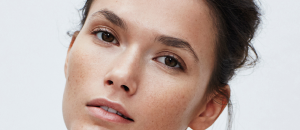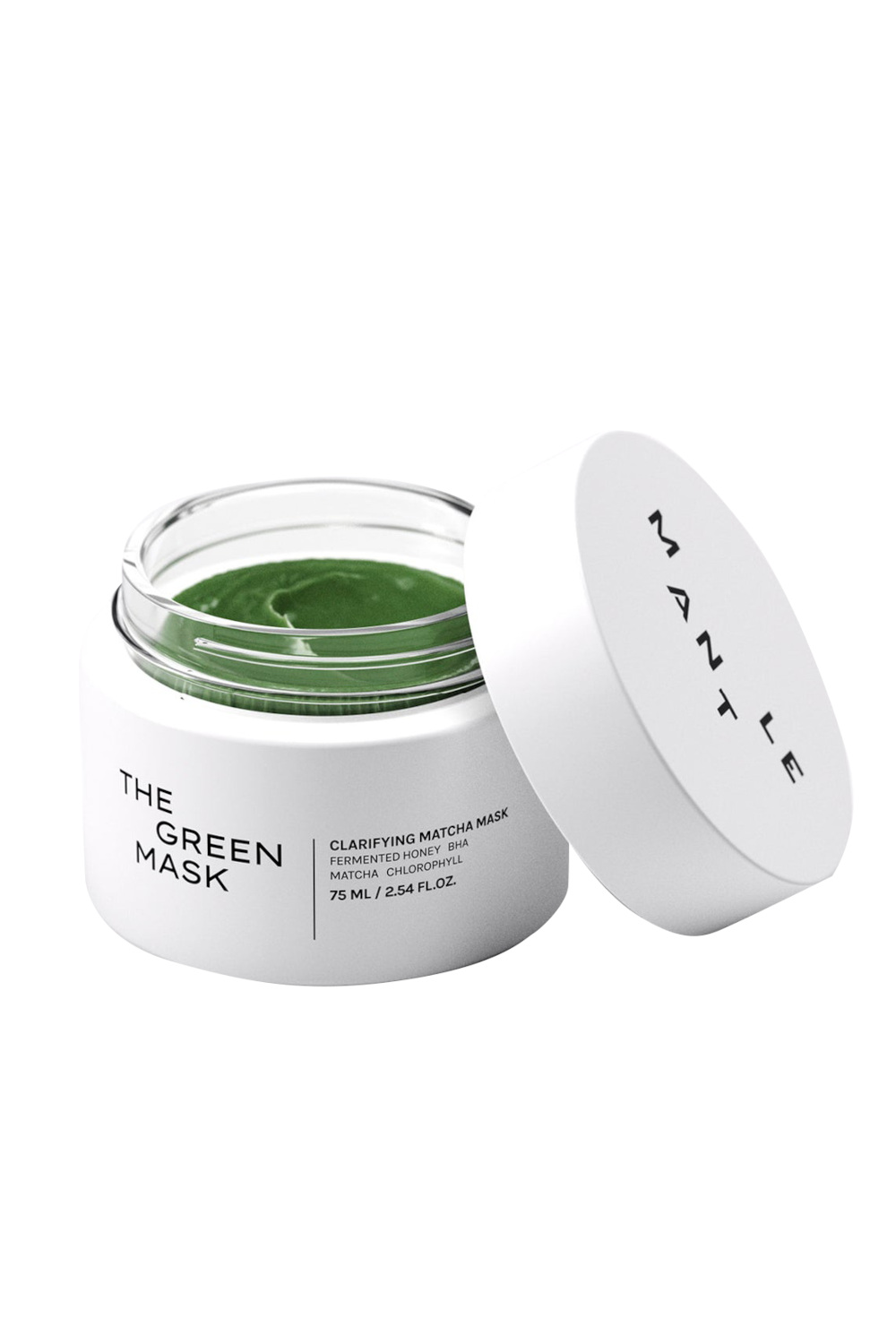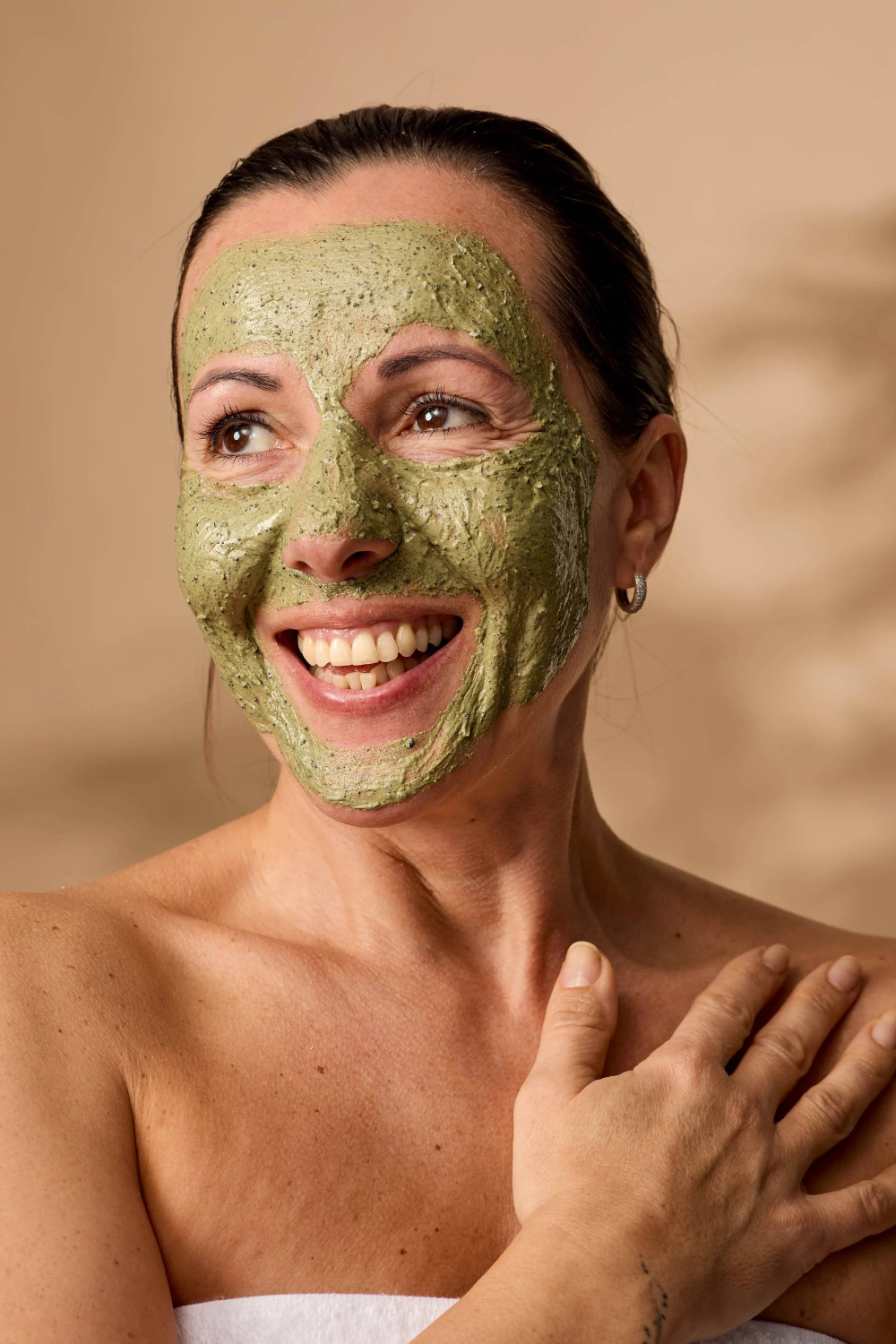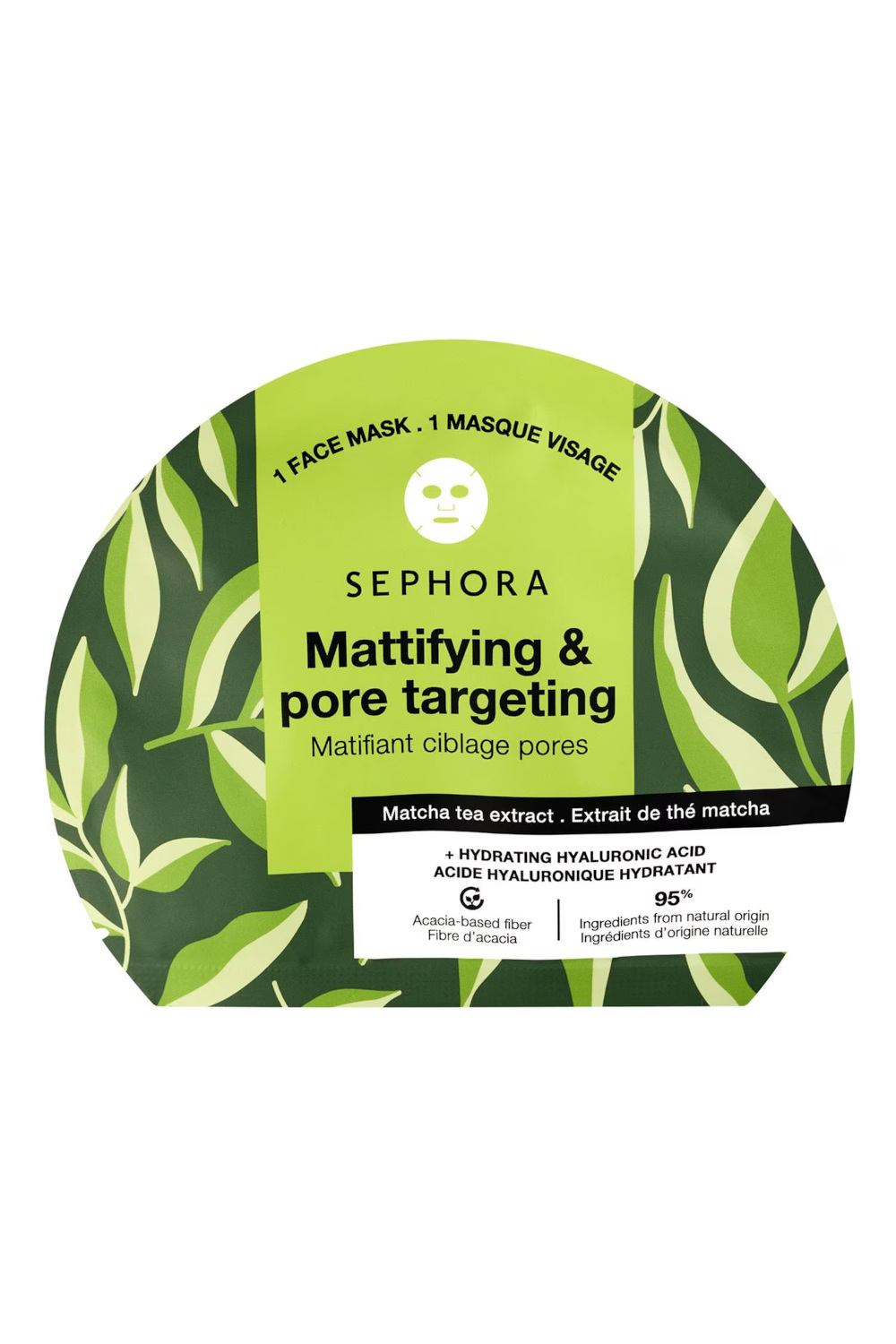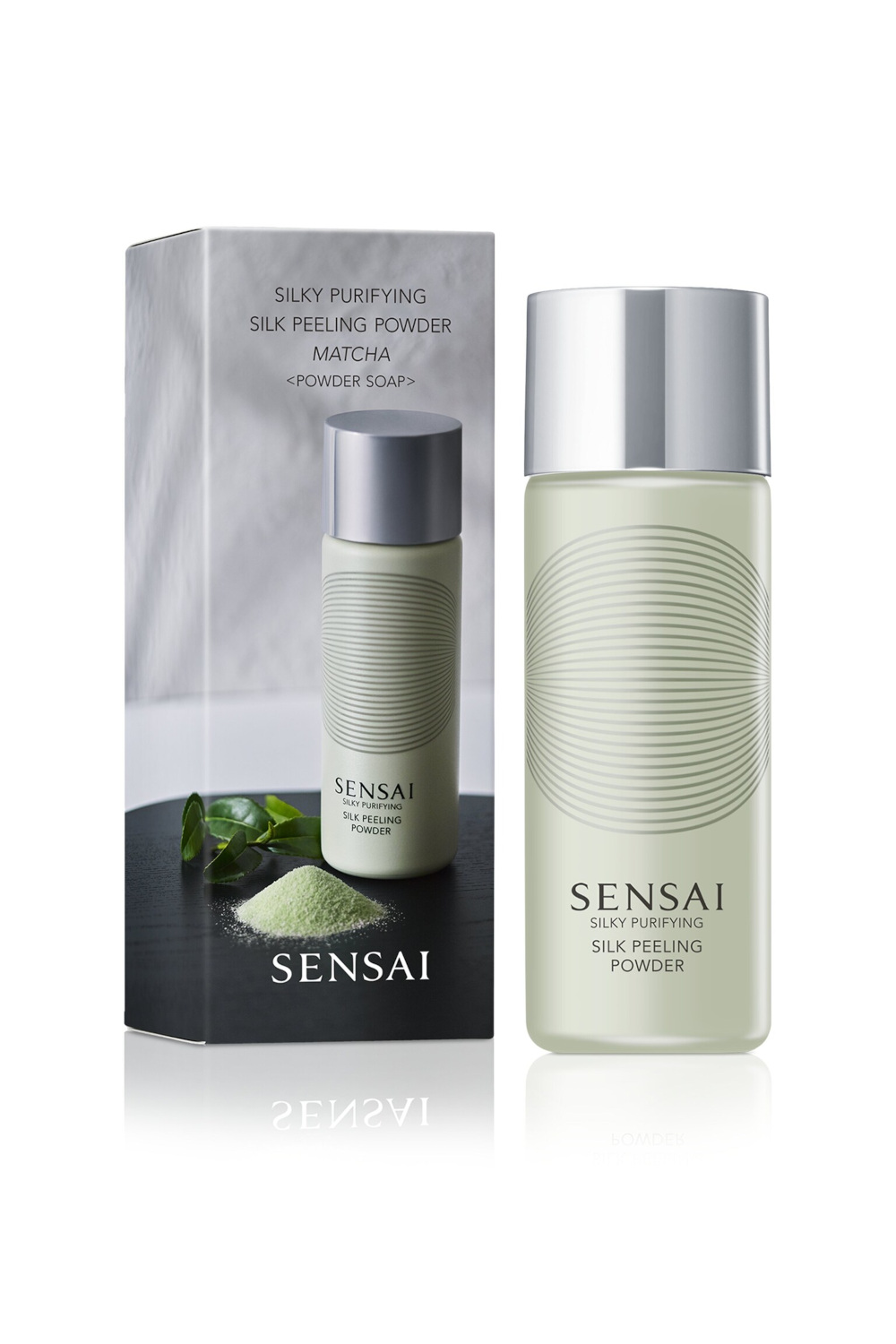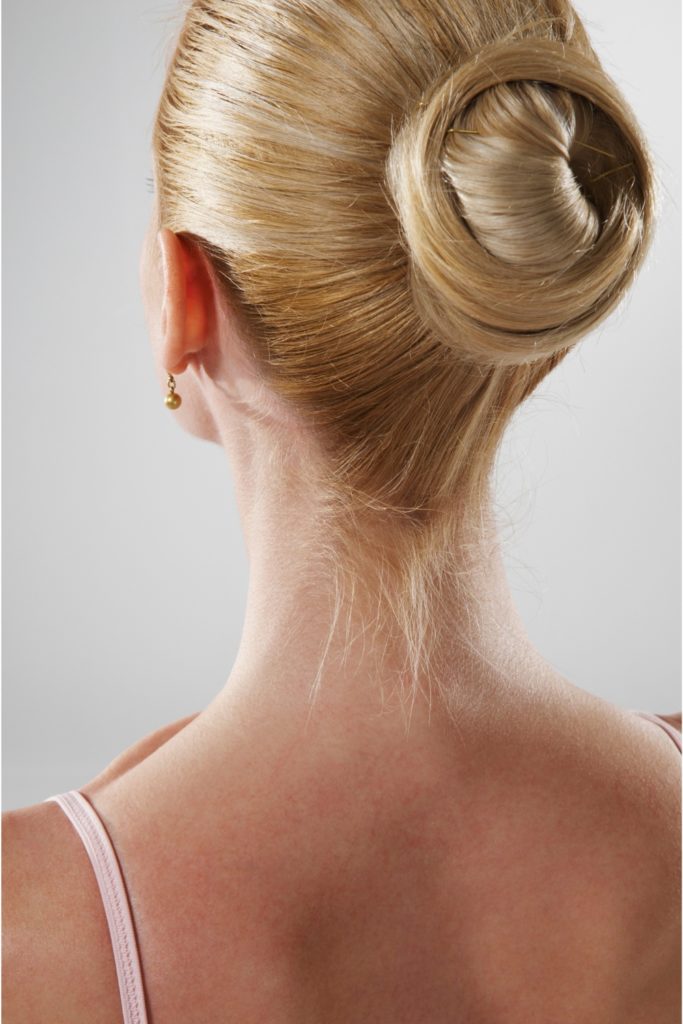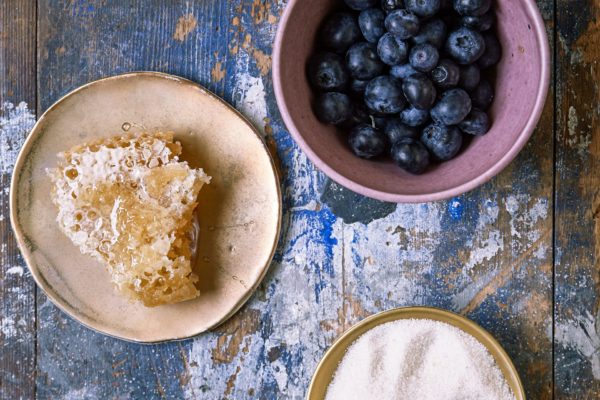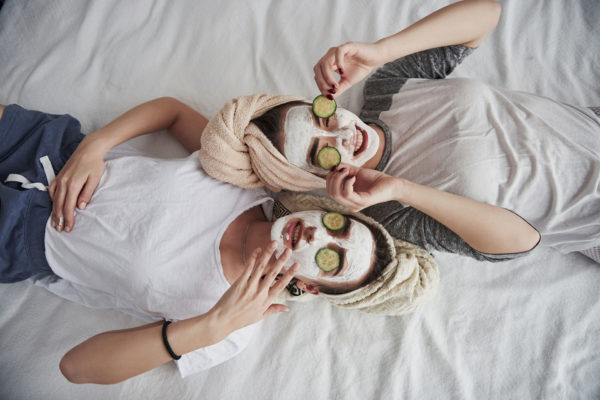
How To Make A Matcha Face Mask
By
5 days ago
Matcha is having a major moment in the world of skincare – so much so, that people are now using the green powder as a key ingredient in DIY face masks
Have you had your daily dose of matcha? No, not in your coffee, on your walls or even on your hands – but on your face. Matcha face masks are trending on TikTok right now, and the experts tell us they can easily be made at home (with just a few cupboard ingredients).
What Is Matcha?
First up: a recap. ‘Matcha is a type of powdered green tea that originates from Japan,’ says Claire Catterall, a registered nurse and founder of Aesthetically Perfect Skin. ‘Unlike traditional green tea, where the leaves are steeped in hot water and then discarded, matcha involves grinding whole tea leaves into a fine powder, which is then whisked into water or milk. This means when you drink matcha, you’re consuming the entire leaf, which gives it a richer flavour and more nutrients compared to regular green tea.’
Claire also notes that matcha is currently riding the highs of a wellness boom, thanks to its abundance of ‘antioxidants, particularly catechins, which are believed to have various health benefits. It’s thought that matcha can help boost metabolism and provide a calm, sustained energy boost. The combination of caffeine and L-theanine promotes mental clarity and focus, making it a favourite for productivity and relaxation. Its overall influence on reducing inflammation, stress, and promoting better sleep could definitely contribute to healthier skin over time.
‘Additionally, its versatility in various recipes, from lattes to desserts, and its cultural connection to mindfulness and well-being, have made matcha a trendy, all-around wellness choice.’
@minimalbyhadda #diymatchamask #matchalovers #skincare #diymasks ♬ original sound – hairbyharleyy
What Are The Skincare Benefits?
Speaking of skincare benefits – it’s also thought that matcha, and its rich antioxidant and anti-inflammatory properties, can also give skin an overall boost. ‘The high levels of catechins help protect the skin from free radical damage, which can reduce signs of ageing like wrinkles and fine lines,’ says Claire. ‘Matcha also has soothing properties, making it great for calming irritated or inflamed skin. Its detoxifying effects also help cleanse the skin, promoting a healthy, radiant complexion.’
Rosita Purer, a tea sommelier and co-founder at Row & Ma Paris, also notes that matcha can ‘ be a helpful addition to acne-prone skin treatments, due to its antimicrobial properties. It can also help reduce puffiness and inflammation.’
Can You Make Your Own Matcha Face Mask?
The craze for matcha has also caught the attention of TikTok’s DIY beauty enthusiasts. Matcha face masks are a hot topic on the app, with creators combining the green powder with other natural ingredients like honey and yoghurt to create their own quick skin boost.
‘You can easily make a DIY matcha face mask at home,’ agrees Claire. ‘Depending on the ingredients used, it can help to detoxify, brighten and calm the skin.’
Recipe: DIY Matcha Face Mask
For All Skin Types
Ingredients
- 1 tsp matcha powder
- 1 tbsp honey
- 1 tbsp yoghurt (alternative: aloe vera gel)
Method: Simply mix the matcha powder, honey and yoghurt (or aloe vera gel for sensitive skin). Apply the mixture to your face, leave it on for 10–15 minutes, then rinse off with warm water. The honey helps moisturise, while the yogurt or aloe soothes and hydrates.
Recipe by Claire Catterall
For Dry Skin
Ingredients
- ½ teaspoon of organic matcha powder
- 1 tablespoon of organic coconut milk
- 1 tablespoon of liquid coconut oil
- 1 teaspoon of organic honey (optional)
Method: Whisk the ingredients together until smooth. Apply a thin layer to clean skin and leave on for about 20 minutes before rinsing with warm water. You can also substitute coconut oil with almond, argan, peach kernel or avocado oil.
Recipe by Rosita Purer
For Combination/Oily Skin
Ingredients
- ½ teaspoon of organic matcha powder
- 1 tablespoon of organic jojoba oil
Method: Apply a thin layer to the face, leave on for 20 minutes, and rinse with warm water. Jojoba oil is known for its ability to balance oily or combination skin while keeping it hydrated, while the matcha adds a toning and clarifying effect.
Recipe by Rosita Purer
@yayayayoung Let’s make some skincare for my skin! Inspo: @sulheejessica #DIY #skincare #matchamask #learnontiktok #tiktokpartner ♬ original sound – yayayayoung Skincare Egg Head
Is A DIY Mask Effective?
While a DIY mask can be effective for improving skin texture and appearance, Claire does say that homemade treatments do have their limitations. ‘While a DIY matcha mask can be a great natural option for some people, its results may not be as immediate or intense as professional skincare treatments,’ she says. ‘It’s best used occasionally and in moderation for a gentle boost to your skincare routine.’
‘The antioxidants in matcha can help protect skin from free radicals, reduce puffiness and promote a healthy glow, while the calming effect can soothe irritated or sensitive skin,’ she adds. ‘But the lack of professional formulation means the mask might not be as potent or stable as a store-bought product. Its effectiveness can also vary depending on how well ingredients are mixed.’
She also highlights that those with sensitive skin will need to be careful if they choose to make their own matcha face mask. ‘Depending on your skin type, certain DIY ingredients like honey or yoghurt could cause irritation, especially if you have allergies or sensitive skin,’ she says. ‘Some individuals might be sensitive to the tannins in matcha, which could lead to irritation or dryness if used too often. It also doesn’t help that DIY masks can be a bit messy to apply and remove compared to pre-made products.’
There has also been debate over whether topical matcha products can do as good a job as ingestible matcha products. ‘Topical application of matcha may not deliver the same powerful effects as consuming it, since the skin might not absorb all the nutrients as effectively as the digestive system would,’ warns Claire.
DIY vs Store Bought Face Masks
With this in mind, we asked Claire how DIY matcha face masks compare to professionally formulated versions. ‘Professional formulations are carefully crafted by skincare experts to ensure that the matcha’s antioxidants and other beneficial ingredients are at the right concentration for maximum effectiveness,’ she begins. ‘They often include additional ingredients like hyaluronic acid, peptides, or other botanical extracts to enhance hydration, rejuvenation and skin healing.
And while more expensive and contain preservatives, fragrances or chemicals, Claire notes that store bought products offer stable and targeted formulations. ‘Store-bought masks are also typically more stable,’ she reiterates. ‘And active ingredients (like matcha) are preserved in a way that ensures they remain potent over time. DIY masks, on the other hand, can lose their effectiveness quickly and might be inconsistent depending on how they are mixed or stored.’
‘Some store-bought matcha masks are specially formulated for different skin types (dry, oily, sensitive), which makes them more targeted and effective for particular concerns,’ Claire adds. ‘DIY masks, while natural, may not be as tailored or suitable for all skin types.’
Matcha Face Masks To Shop Now
Featured image: LUSH


